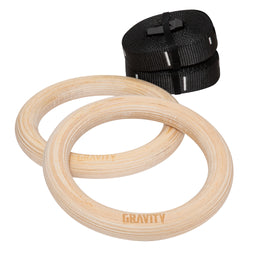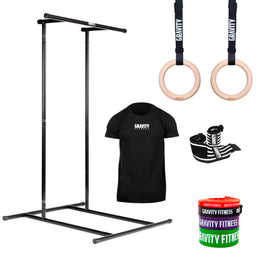
Squat Ramps buyers guide
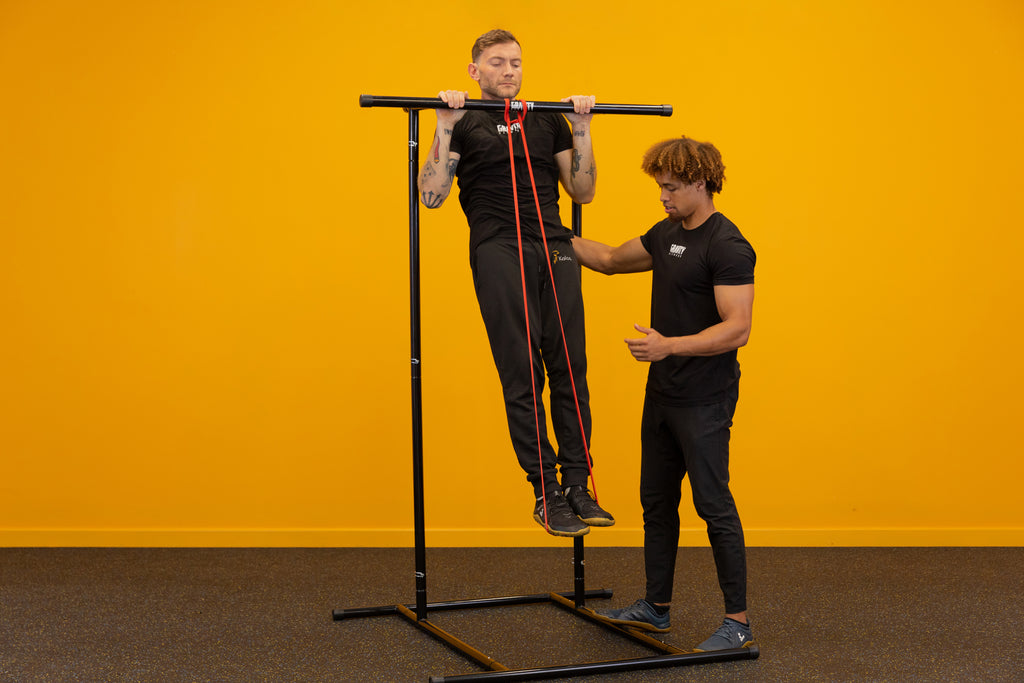
1. What Are Resistance Bands and Who Are They For?
Resistance bands are one of the most versatile tools in training. They provide scalable resistance for strength work, mobility, recovery, and skill progressions — making them ideal for athletes of all levels.
Who are they for?
Everyone. From beginners working on assisted pull-ups, to elite athletes using bands to activate muscles pre-lift, or increase time under tension. If you train with bodyweight, weights, or just want to move better — bands belong in your kit.
2. Are Resistance Bands Effective? (Why Train with Them)
Definitely. Bands challenge your muscles in a unique way — with variable resistance that increases as you stretch them. That means more muscle activation, joint-friendly loading, and near-limitless applications.
Benefits include:
• Assist or overload bodyweight exercises like pull-ups and dips
• Warm-up and activate muscles without heavy equipment
• Improve mobility and range of motion
• Strengthen stabilisers and connective tissue
• Perfect for travel or home training
Whether you’re building strength, fixing imbalances, or adding volume — bands do it all.

3. Types of Resistance Bands (And Which One Is Right for You)
Not all bands are created equal — and one band is rarely enough.
Flat Loop Power Bands (Like Gravity’s)
• Long, durable, seamless latex loops
• Ideal for strength training, mobility, and assisted calisthenics
• Built for serious tension and longevity — not to be confused with flimsy rehab bands
Tube Bands with Handles
• More common in commercial gyms
• Decent for light resistance but prone to snapping and poor tension curves
• Not suitable for pull-up assistance or heavy-duty training
Verdict: Flat power bands are the gold standard for real training. Tube bands are entry-level — but won’t last under real load.
4. Which Type of Resistance Bands Is Best for You?
You don’t need one band — you need a range. That’s why Gravity offers a 4-Band Pack, giving you everything you need for full-body training and progression.
• Red Band (15–35lb): Great for warm-ups, rehab, and light activation drills
• Black Band (25–65lb): Ideal for general assistance on push-ups, ring rows, and stretching
• Purple Band (35–85lb): Best for assisted pull-ups, dips, and moderate resistance training
• Green Band (50–125lb): For heavier athletes or deep pull-up/dip assistance and overload work
Having the full set means you can scale movements precisely — assisting or resisting depending on your goal, not your limitations.
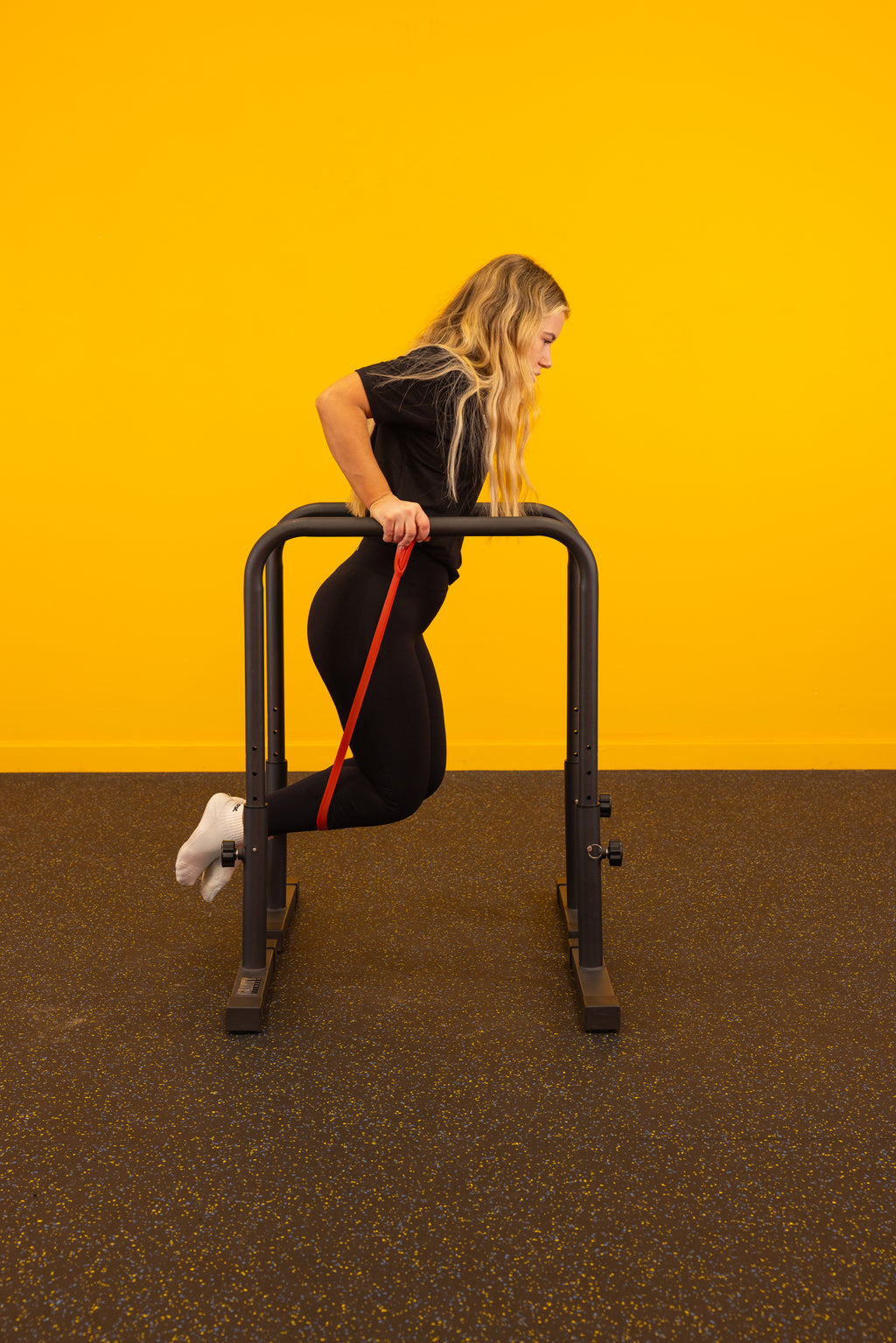
5. What Are the Downsides of Resistance Bands? (And Who Should Avoid Them)
While versatile, bands can be misused:
• Going too heavy too fast can cause form breakdown
• Cheap bands can snap or degrade quickly
• Some exercises (like curls or presses) can have limited tension ranges if not set up well
Also: don’t rely only on bands. They’re a tool — not a replacement for real loading when it’s needed.
6. How Often Should You Use Resistance Bands?
• Warm-ups & mobility: Daily — use red or black bands to prime movement
• Strength training: 2–4x per week depending on your split
• Skill work & assistance: As often as needed — use purple or green bands to master pull-ups, dips, or muscle-ups
• Recovery & rehab: Use light bands for circulation and joint control work
Bands adapt to your needs. Use them often, but smartly.
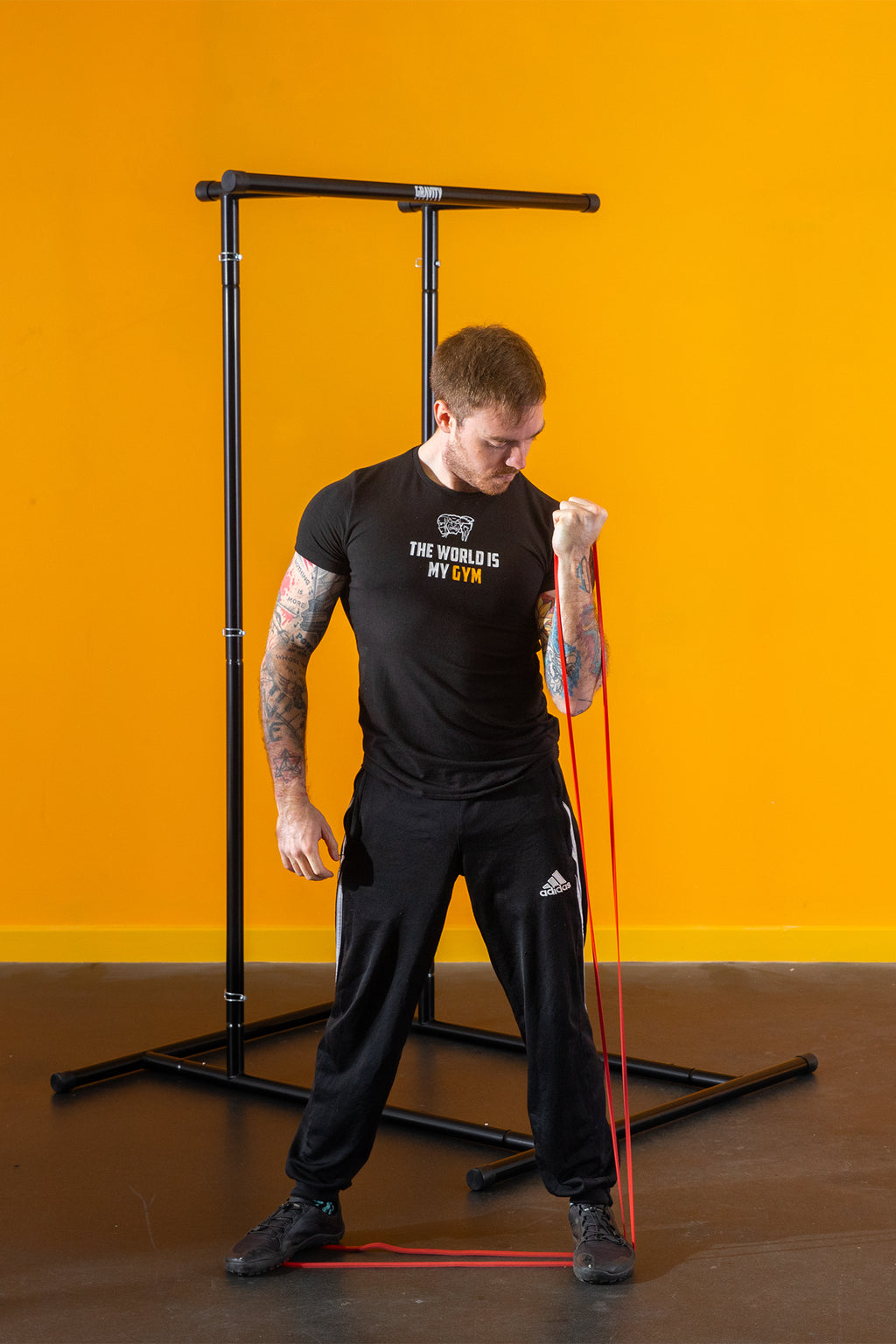
7. What Exercises Work Best with Resistance Bands?
Bands shine in both assistance and resistance:
• Assisted Movements: Pull-ups, dips, muscle-ups, pistol squats
• Resisted Movements: Push-ups, squats, banded rows
• Mobility/Activation: Shoulder openers, hip distractions, glute activation
• Core & Conditioning: Banded marches, paloff presses, rotational pulls
• Recovery: High-rep blood flow work for elbows, knees, shoulders
Pair with rings, parallettes, or a pull-up bar for endless combinations.
8. What Equipment Works Well with Resistance Bands?
To get the most from your Gravity Bands:
• Pull-Up Bars: Anchor bands for assisted pulls or resisted hangs
• Gymnastic Rings: Use bands for assisted ring dips, rows, or levers
• Parallettes: Add band resistance to push-ups or handstand work
• Weighted Vest: Combine for contrast loading — assist with a band, load with a vest
• Steel Mace or Clubs: Use bands to prep shoulders before rotational training












